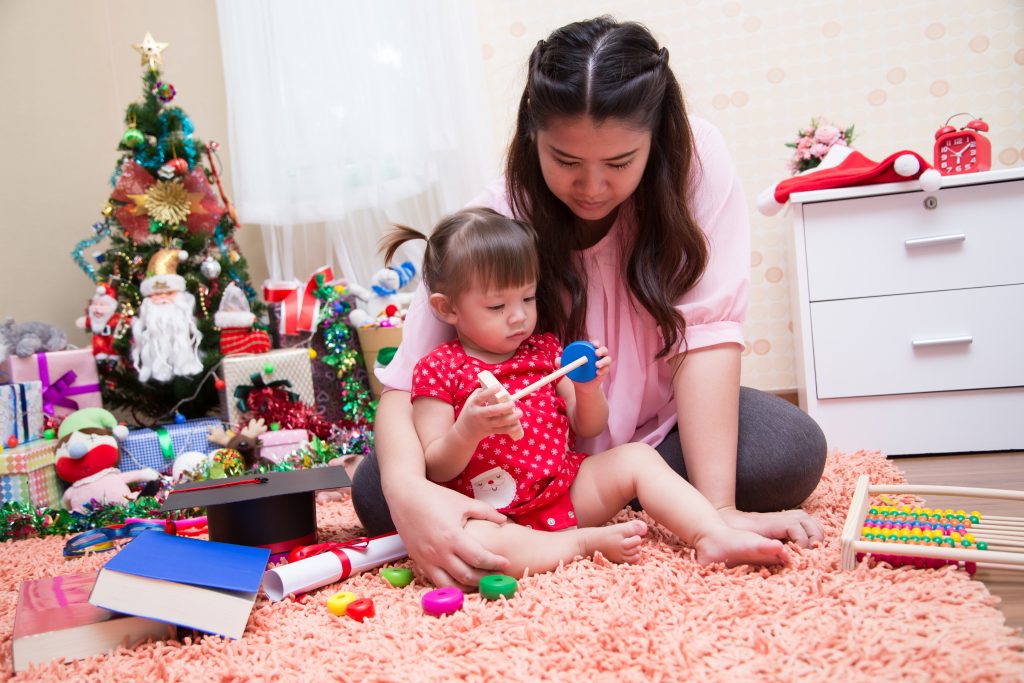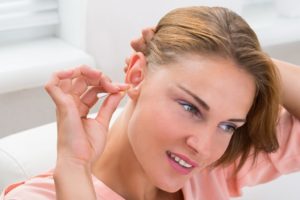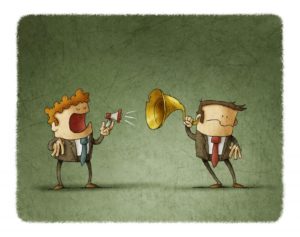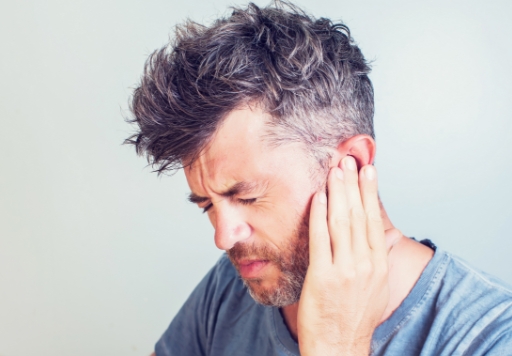Christmas is almost upon us! Santa and his Elves must be working tirelessly to wrap up their preparations for the oncoming holiday.
However, as Christmas Day rapidly approaches, the audiology community would like to raise a point of concern with Santa (it’s well known that Santa is an active member of the blogosphere, so we felt this was probably the best way to reach him.) Our concern is with the sound output of some toys, and its potentially dangerous effect on the hearing of children who play with them.
To help you understand, Santa, I’ll give you some background information: Health Canada, under the Hazardous Product Act, has banned the production of toys that emit sound louder than 100 dB. While it’s good there is some legislation in place to mitigate this issue, the current regulation is actually too relaxed. 100 dB is too loud, and with extended exposure sound at that volume could potentially harm hearing. The Canadian Center for Occupational Health and Safety uses the standard of 8 hours’ exposure to sound at a volume of 85 dB as the lower daily limit of what is considered safe. Every addition of 3 dB beyond 85 dB then halves the amount of time one can be safely exposed to the noise. Using that formula, a child will start damaging their hearing after 15 minutes of exposure to a toy emitting sound at 100 dB.
To make matters worse, the sound level measurements of toys are generally recorded at “arm’s length”, roughly 25 cm away from the toy. In play, children will often bring a toy significantly closer to their ears than 25 cm (the younger ones often trying to determine if the toy is edible). Although this isn’t a considerable distance, bringing a sound source even 25 cm closer to an ear will actually substantially increase its volume. This means that even less exposure could be damaging. According to the Canadian Association of Speech-Language Pathologists and Audiologists, there have been toys that passed the regulations set by the Hazardous Product Act that have actually been recorded at over 120 dB when measured at very close range. At that volume, it takes only seconds of exposure before hearing starts becoming damaged.
So, Santa, when choosing how to construct your toys there are a few ways to ensure they won’t be too loud for a young person’s ears. Not constructing toys that emit loud sounds is an excellent place to start. Silent toys are just as much fun as noisy toys (or so I seem to recall from my childhood – remember when Etch A Sketch was a thing? Those were fun. I always found diagonal lines a bit of a crapshoot though…). Constructing toys with a volume control, or the option to turn the sound off, is also helpful as it allows parents to have some control over the sound output of the toy. If you are making a toy without any volume control, and you are concerned about it being too loud, you can always test it yourself. Bring the toy right up to your ear to properly get a sense as to how loud it can be. Rule of thumb: if you are even mildly worried it might be too loud, don’t put in on the sleigh!
If there are toys you have already delivered to children that you are now worried may be too loud, do not fret, Santa, as there are some tricks parents can use to make sure the toys won’t be harmful. An easy way to reduce the sound output of a toy is to put a strip of masking tape over the speaker; this will lower the volume. Reducing playtime with these toys and encouraging children to not bring the toy too close to their ears are other ways to help reduce the chances of hearing damage. The latter is a great option as it helps teach kids about maintaining hearing health. Noise induced hearing loss is something that is accumulated throughout a person’s life. It’s never too early to be conscious of your, or a child’s, hearing. Protecting young ears will help ensure good hearing into later adulthood.
So there you have it, Santa. If you could pass this information to your Elves that would be appreciated. In fact, I would even be willing to come to the North Pole and do a talk at your toy factory. My travel and accommodation expenses will of course have to be covered.
Also, one last thing, Santa. I never got confirmation that you received any of my emails. Just in case you didn’t, I think we can both agree I’ve been pretty good this year and therefore I would like a Kobo eReader for Christmas. Thank you for your attention to this matter.





















